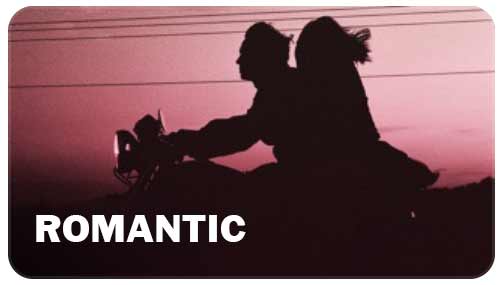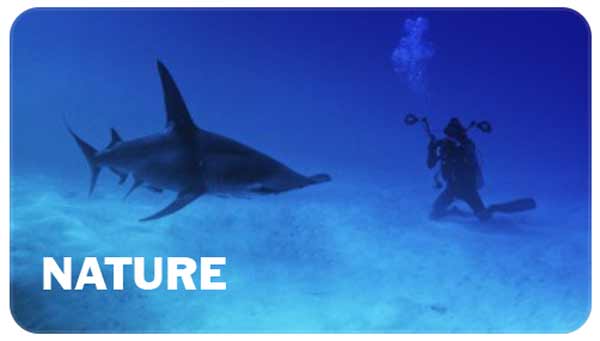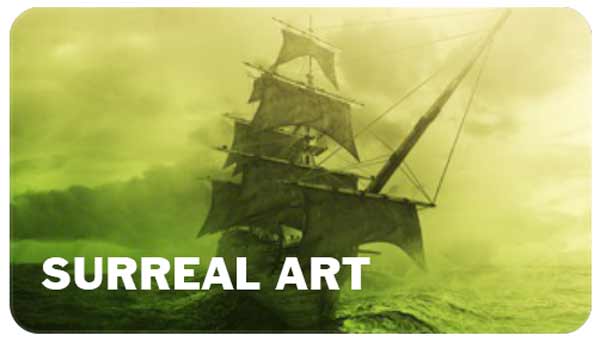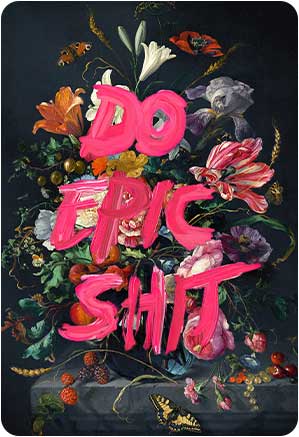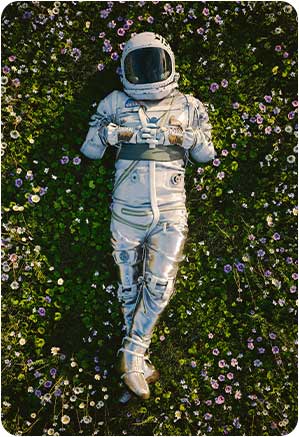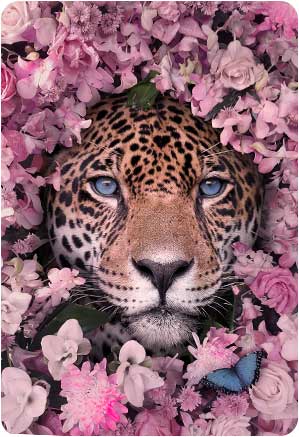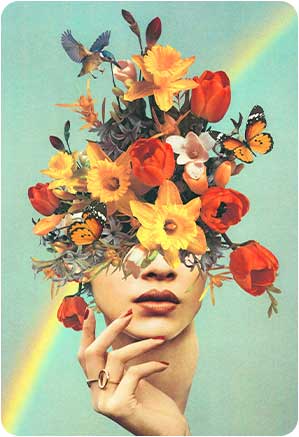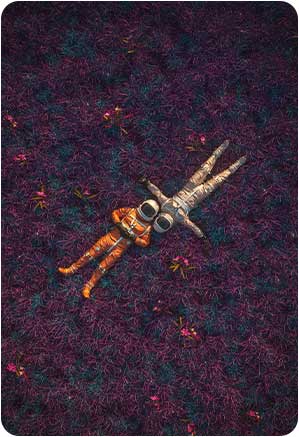Will AI Replace Artists?
Art has always been a reflection of the human imagination, a testament to our creativity and ability to communicate emotions. But what happens when artificial intelligence joins the creative process? Are artists in danger of AI? Can AI really replace artists? Let's dive into the fascinating world of AI in art and explore its potential impact on artists and the art industry.
Understanding the Role of AI in Art
Before we delve into the juicy details, let's take a moment to define artificial intelligence in the artistic context. AI, or artificial intelligence, is the simulation of human intelligence in machines that are programmed to think and learn like humans. In the art world, AI can be a tool used by artists to enhance their creative process and push the boundaries of what is possible.

Artificial intelligence has been making waves in various industries, and the art world is no exception. With its ability to process vast amounts of data and generate unique artworks, AI has opened up new possibilities for artists. From paintings to music compositions, AI algorithms can generate content that challenges traditional notions of creativity.
Defining Artificial Intelligence in the Artistic Context
When we talk about AI in art, we're referring to the use of algorithms and machine learning to generate, analyze, or modify artistic content. These algorithms can process vast amounts of data and generate unique artworks, from paintings to music compositions.
Imagine a painter who wants to explore new styles and techniques but is limited by their own experiences and knowledge. AI can step in and offer a fresh perspective by analyzing a vast database of art history, styles, and techniques. It can then generate suggestions and ideas that the artist may not have considered before. This collaboration between human creativity and AI's computational power can lead to groundbreaking artistic expressions.

The Intersection of Creativity and Technology
While AI brings its technical prowess to the artistic table, it's important to remember that creativity is a distinctly human quality. AI can assist artists and provide new avenues for artistic expression, but it cannot replicate the depth of human experience and emotions that artists bring to their work.
Art is a reflection of the human condition, capturing emotions, experiences, and perspectives. It is the result of a complex interplay between an artist's thoughts, feelings, and skills. While AI can generate impressive artworks, it lacks the ability to truly understand and convey the depth of human emotions.

However, this doesn't mean that AI's role in art is insignificant. On the contrary, it can be seen as a catalyst for innovation and experimentation. By leveraging AI's computational power, artists can explore new techniques, challenge traditional artistic norms, and create thought-provoking pieces that push the boundaries of what is considered possible.
Moreover, AI can also play a role in art curation and analysis. With its ability to process and analyze vast amounts of data, AI algorithms can assist curators in identifying patterns, trends, and connections across different artworks and artistic movements. This can lead to a deeper understanding and appreciation of art history and its evolution over time.

In conclusion, the role of AI in art is a complex and evolving one. While it can enhance the creative process and offer new possibilities, it cannot replace the unique perspective and emotional depth that artists bring to their work. The collaboration between human creativity and AI's computational power has the potential to revolutionize the art world, opening up new frontiers of artistic expression and understanding.
The Capabilities of AI in Art Creation
Now that we have a better grasp of AI's role in art, let's explore its capabilities in the creative process. AI has the potential to revolutionize art creation by expanding possibilities and sparking new ideas.
Artificial Intelligence (AI) has made significant advancements in recent years, and its impact on the art world is undeniable. With its ability to analyze patterns and learn from existing artwork, AI algorithms have the power to generate new pieces that mimic particular styles or techniques. This can be a valuable tool for artists seeking inspiration or exploring different artistic directions.

Imagine an artist who is fascinated by the works of Vincent van Gogh but wants to create a piece in their own unique style. By feeding AI algorithms with a vast collection of van Gogh's paintings, the artist can train the AI to understand the distinct brushstrokes, color palettes, and composition choices that define van Gogh's style. Armed with this knowledge, the AI can then generate new artwork that captures the essence of van Gogh's technique while incorporating the artist's personal touch.
Furthermore, AI can also assist artists in the creative process by suggesting new ideas and approaches. By analyzing a vast database of art history, contemporary art, and even other forms of creative expression such as music or literature, AI algorithms can identify patterns and connections that humans may overlook. This can help artists break free from creative blocks and explore uncharted territories.
AI and the Artistic Process
AI's involvement in the artistic process goes beyond mere imitation. It has the potential to collaborate with artists, acting as a creative partner rather than a mere tool. Artists can input their initial ideas or sketches into an AI system, and the AI can then generate alternative versions or variations based on the artist's input. This iterative process can lead to unexpected and innovative results, pushing the boundaries of what is traditionally considered "art."

Moreover, AI can assist artists in the technical aspects of art creation. For example, an artist might struggle with achieving the desired lighting effects in a painting. By analyzing the artist's reference images and understanding the desired outcome, AI algorithms can provide suggestions and even generate lighting scenarios that the artist can then incorporate into their work.
The Limitations of AI in Art
While AI can create impressive pieces, it still lacks the human touch and emotional depth that make art resonate with audiences. Some argue that AI-generated art lacks the soul and intentionality that only a human artist can bring to their work.
Art is deeply rooted in human experiences, emotions, and cultural contexts. It is a reflection of our collective history and a medium through which we express our individuality. AI, no matter how advanced, cannot fully comprehend or replicate these complex aspects of human existence.

Furthermore, art is often a deeply personal and subjective form of expression. It is a manifestation of an artist's unique perspective, thoughts, and emotions. While AI algorithms can analyze and mimic existing styles, they lack the ability to truly feel or have personal experiences that shape the creative process.
However, it is important to note that AI-generated art should not be seen as a replacement for human artistry but rather as a complementary tool. AI can inspire artists, assist in the creative process, and push the boundaries of what is possible. Ultimately, it is the human artist who imbues their work with meaning, emotion, and personal connection.
The Impact of AI on Artists and the Art Industry
As AI continues to evolve, it is undeniably changing the landscape of the art world, impacting both artists and the industry as a whole.
How AI is Changing the Art World
The increased accessibility of AI tools has opened up new avenues for artistic expression and collaboration. Artists can now experiment with AI algorithms to create interactive installations, immersive experiences, and multimedia artworks that push the boundaries of traditional art forms.
The Future of Artists in the Age of AI
While AI poses certain challenges to artists, it also presents opportunities. Artists can harness AI as a tool to expand their creative process and find new ways to connect with audiences. The key lies in embracing technology while staying true to their unique artistic vision.
Ethical Considerations of AI in Art
As we venture further into the realm of AI in art, it's crucial to address the ethical implications that arise.
Ownership and Originality in AI Art
One of the ethical debates surrounding AI-generated art is the issue of ownership and originality. Who owns the rights to an artwork created by an AI algorithm? Is it the artist, the programmer, or the machine itself? These questions raise important legal and philosophical concerns.
The Debate Over AI's Role in Art
Some argue that AI threatens the livelihoods of artists, devaluing their craft and reducing opportunities for human creativity. On the other hand, proponents of AI argue that it can enhance artistic expression and democratize the art world by providing accessible tools for everyone to create and appreciate art.
The Potential Future of AI and Art
As technology advances at an exponential rate, it's intriguing to speculate on the future role of AI in art.
Predictions for AI's Role in Art
Many experts predict that AI will continue to evolve and become an integral part of the artistic process. It may assist artists in generating preliminary sketches or even collaborate directly with artists to create entirely new art forms.
Preparing for a Future with AI in Art
As AI becomes more prevalent in the art world, artists and industry professionals must adapt to its presence. This can include developing new skills, embracing technology, and finding innovative ways to merge the human element with AI's capabilities.

In conclusion, while AI undoubtedly brings exciting possibilities to the world of art, it is unlikely to ever replace artists entirely. AI can be a valuable tool for artists, pushing the boundaries of creativity and opening up new avenues for expression.
The future of art lies in the synergy between human ingenuity and the innovative capabilities of AI. So, fear not, dear traditional hard working artists, your place in the artistic realm is secure... at least until the AI overlords make their move!
Until next time, stay good /
Andy





